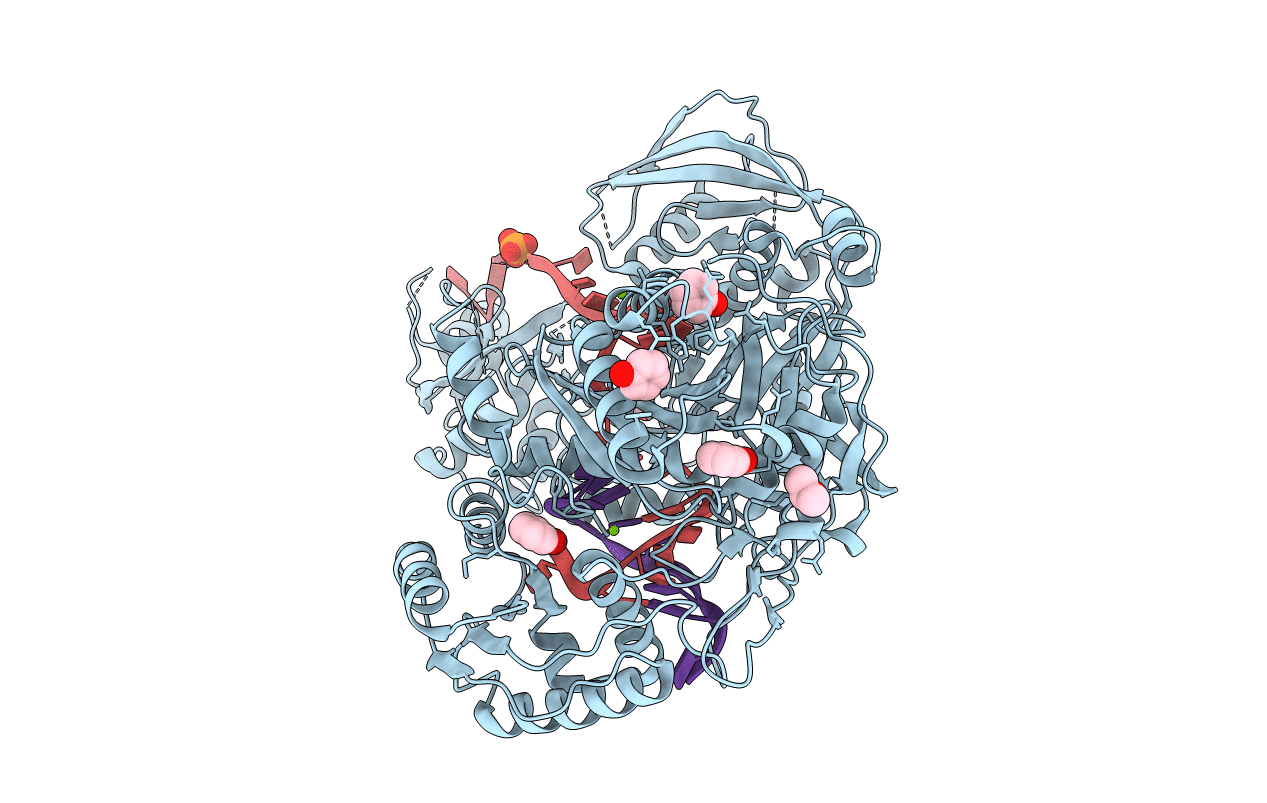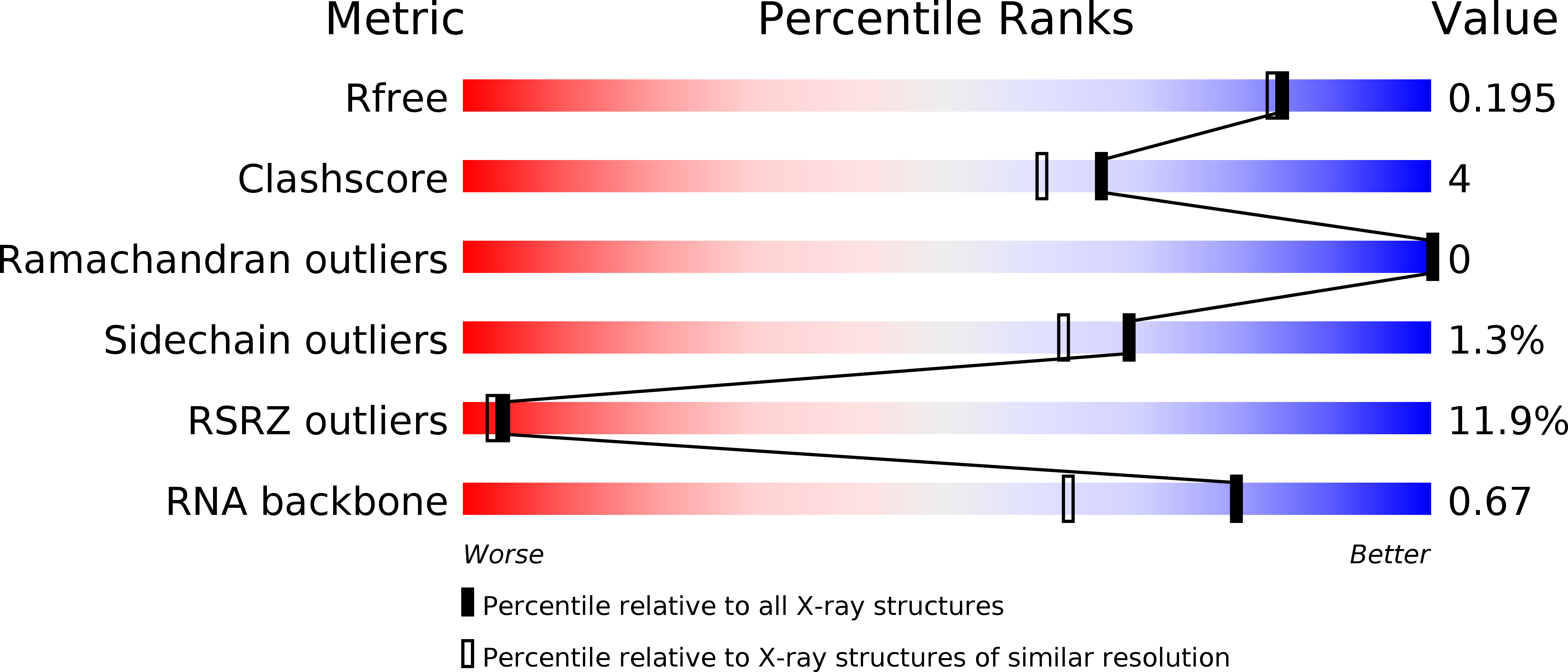
Deposition Date
2014-08-18
Release Date
2014-11-12
Last Version Date
2023-09-27
Entry Detail
PDB ID:
4W5O
Keywords:
Title:
The Crystal Structure of Human Argonaute2 Bound to a Guide and Target RNA Containing Seed Pairing from 2-9
Biological Source:
Source Organism:
Homo sapiens (Taxon ID: 9606)
synthetic construct (Taxon ID: 32630)
synthetic construct (Taxon ID: 32630)
Host Organism:
Method Details:
Experimental Method:
Resolution:
1.80 Å
R-Value Free:
0.19
R-Value Work:
0.16
R-Value Observed:
0.16
Space Group:
P 1 21 1


